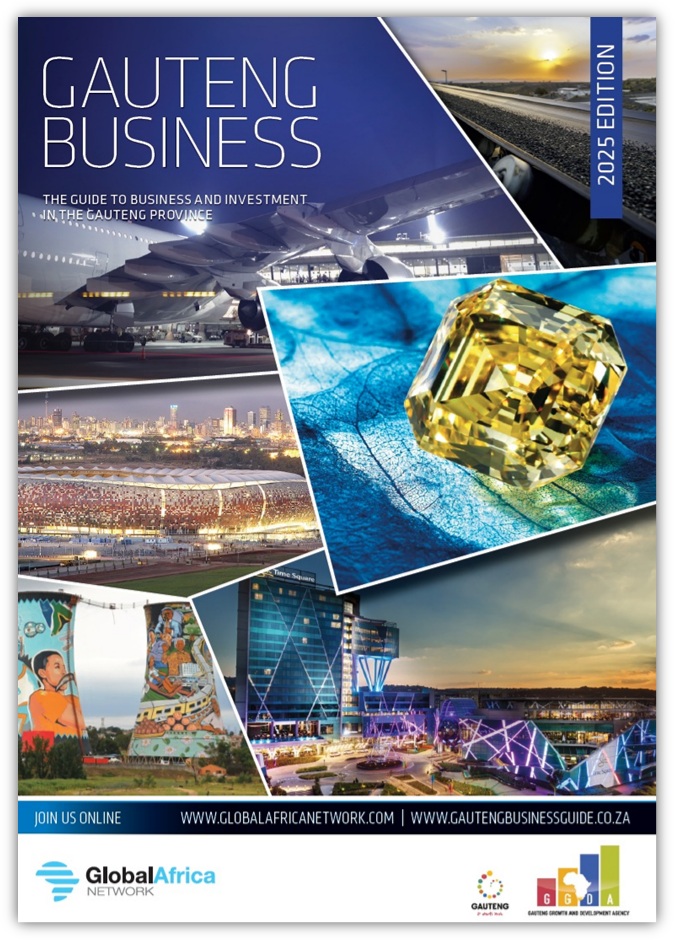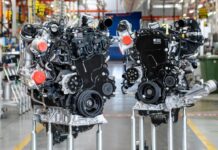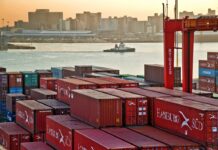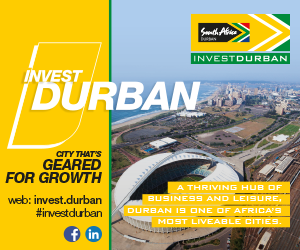
By John Young
Muldersdrift might not be the first name that comes to mind as a conference venue of national significance, but Gauteng is full of surprises. Of the nine venues listed by the South African National Conventions Bureau as having secured 25 international business events between 2024 and 2029, four are in Gauteng – and one of them is Muldersdrift. The others are predictably the three metropolitan municipalities of Tshwane, Ekurhuleni and Johannesburg.
The 25 big conferences will generate R240-million for the South African economy and will help the country retain its top ranking in Africa and the Middle East on the 2023 list compiled by the International Congress and Convention Association (ICCA).
Muldersdrift is a short distance north-west of Johannesburg, near Lanseria Airport and it forms part of the Cradle of Humankind World Heritage Site. The Wonder Cave nearby is one the finest hominid fossil sites in the world and with 30 wedding and conference venues, a brewery and the Silverstar Casino and Entertainment Centre run by Tsogo Sun, Muldersdrift has much for visitors and delegates to experience and enjoy.
The metropolitan conference and exhibition centres are able to offer bigger meeting halls and venues such as the Sandton Convention Centre and Gallagher Estate, which often host large gatherings. The Gauteng Convention Bureau, a business unit within the Gauteng Tourism Authority, supports the business-events sector.
Among the biggest events hosted in Gauteng was the series of five annual South Africa Investment Conferences, the fifth of which was held in 2023. Some R1.1-trillion was pledged altogether, of which about R22-billion will find its way to Gauteng.
Business facilitation
In the course of the 2023/24 financial year, more than R68-billion in investments from 261 foreign companies were made in the province, which created about 23 000 direct jobs. As of February 2023, about five-million people were employed in Gauteng.
Gauteng accounts for 45% of South Africa’s manufacturing capacity and the sector makes up 14.5% of formal sector output in Gauteng, making it the fourth-largest. One in nine jobs in the province are created in the sector. According to the Gauteng Growth and Development Agency (GGDA), six out of 10 foreign direct investment (FDI) projects in Gauteng have flowed to the manufacturing sector and its subsectors.
The GGDA is an implementing agency which aims to facilitate business enablement, develop small, medium and micro enterprises (SMMEs) and promote investment and job creation.
Focussed support for these specific subsectors is intended to spur other investments: automotive sector, mineral beneficiation, capital equipment, agro-processing, pharmaceuticals and tertiary services such as BPO, ITC services, tourism and the knowledge economy.
GGDA subsidiaries include The Innovation Hub (technology), the Automotive Industry Development Centre (AIDC), which manages the Automotive Supplier Park (ASP), OR Tambo SEZ, Vaal SEZ and Constitution Hill.
The Johannesburg Development Agency (JDA) plays a similar role as the City of Johannesburg’s development agency. JDA’s focus is on helping create resilient, sustainable and liveable urban areas in identified transit nodes and corridors. In 15 years, 387 projects have been implemented.
Growth engine
Gauteng is South Africa’s smallest province in terms of landmass but in every other respect it is a giant. At 18 176km², the province makes up just 1.5% of South Africa’s territory but its economic impact is disproportionately large. In 2023 the provincial economy was valued at R2.4-trillion and the province was responsible for 34% of South Africa’s gross domestic product (GDP).
Gauteng is a leader in a wide range of economic sectors: finance, manufacturing, commerce, IT and media among them. The Bureau of Market Research (BMR) has shown that Gauteng accounts for 35% of total household consumption in South Africa.
The leading economic sectors are finance, real estate and business, manufacturing, government services and wholesale, retail, motor trade and accommodation. The creative industries (including advertising and the film sector) contribute significantly to the provincial economy.
In Johannesburg, financial services and commerce predominate. The JSE, Africa’s largest stock exchange, is in Sandton and several new stock exchanges have recently received licences. Tshwane (which includes Pretoria) is home to many government services and is the base of the automotive industry and many research institutions. Both of these cities are educational centres of note.
The Ekurhuleni metropole has the largest concentration of manufacturing concerns, ranging from heavy to light industry, in the country. The western part of the province is concerned mainly with mining and agriculture, while the south has a combination of maize farming, tobacco production and the heavy industrial work associated with steel and iron-ore workings.
Individually, the biggest Gauteng cities contribute to the national GDP as follows: Johannesburg (15%), Tshwane (9%) and Ekurhuleni (7%).
Power plans
Although the national utility Eskom improved its performance markedly in the course of 2024, steps to increase and reduce the cost of electricity are being put in place. The need to transition to greener sources of energy is also urgent.
The biggest of these is the private-public partnership taking place on land belonging to Sibanye-Stillwater, a global resources company that started life as a Gauteng gold miner. A photovoltaic power station, also known as a solar farm cluster, will be developed in Merafong Local Municipality with more than one contractor building facilities. The plant is expected to produce 800MW of solar power to the grid.
A photovoltaic power station, also known as a solar farm cluster, will be developed in Merafong Local Municipality with more than one contractor building facilities. The plant is expected to produce 800MW of solar power to the grid
Public facilities such as medical clinics are to be provided with solar panels and battery storage systems. City Power will roll out a pilot microgrid project in Alexandra which is intended to meet basic power needs for low-income households.









